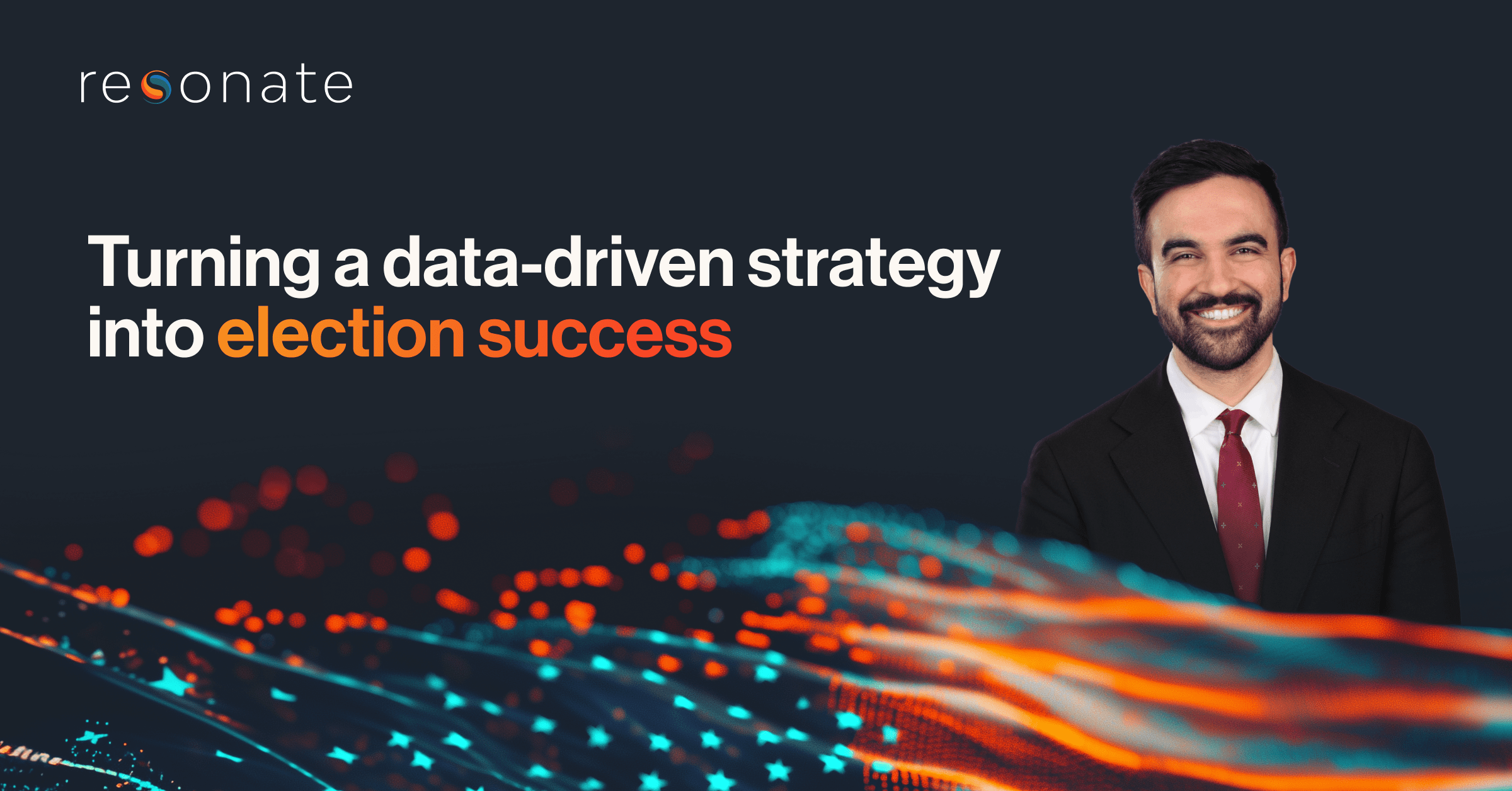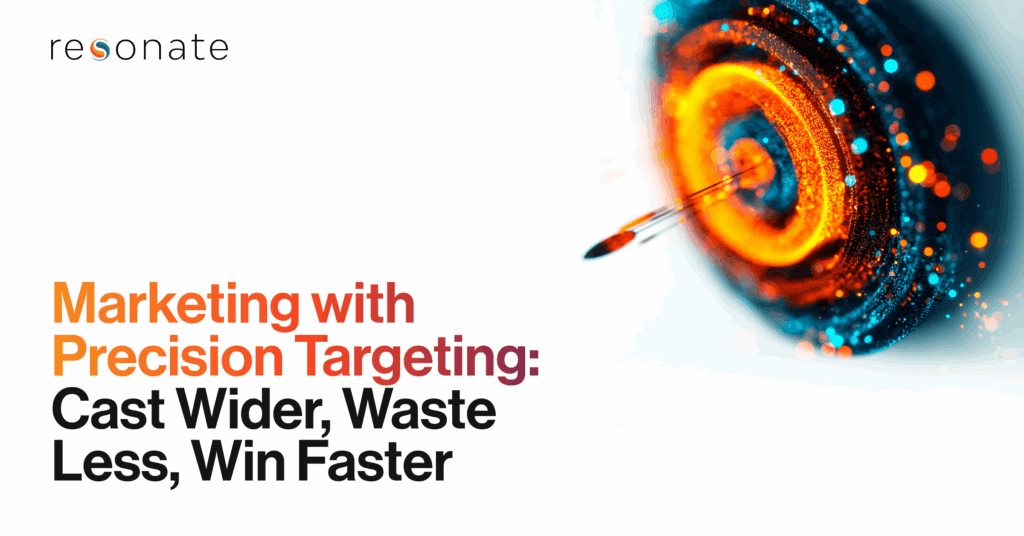Election Day didn’t just deliver wins, it delivered a message. In race after race, Democrats who had spent the past year investing in grassroots organizing and small-dollar donor coalitions translated that support into real electoral strength. Their campaigns were powered by thousands of individual contributors giving less than $100 at a time, and that broad base of support proved decisive at the ballot box.
New York City mayor-elect Zohran Mamdani was one of the clearest examples. Despite a late surge in support for Andrew Cuomo, Mamdani entered Election Day with both a fundraising lead and a polling advantage, fueled primarily by individual donors rather than corporate PACs or real estate interests. According to campaign finance filings summarized by OpenSecrets, more than 70% of Mamdani’s total fundraising came from small donors, compared with Cuomo’s heavy reliance on max-out donors and traditional institutional networks. A similar pattern emerged in Virginia, where Abigail Spanberger and Winsome Earle-Sears both shattered fundraising records, but Spanberger’s haul was driven overwhelmingly by individual, small-dollar contributors, while Earle-Sears leaned more heavily on business-aligned PACs. And in New Jersey, Mikie Sherrill secured the governorship after months of consistently outraising her opponent with a donor base that looked broad, engaged, and repeat-active rather than concentrated among a handful of large contributors.
Across four of the five major statewide and municipal races Democrats won on November 4, the winning candidate was also the one who led in individual grassroots fundraising. The pattern was unmistakable: campaigns that built real grassroots energy didn’t just outraise, they outperformed. And heading into 2026, it’s becoming increasingly clear that mobilizing everyday supporters is a winning electoral strategy.
The 2025 mayoral election offers some additional interesting lessons as we enter the midterm cycle. Mamdani’s campaign connected with younger voters, especially those under 30, 62% of whom voted for him. He also won the support of over half of voters between the ages of 30 and 44. This isn’t some mysterious formula reserved for a select few: With the right data, and by speaking to these voters in the right way, you too can connect with them and galvanize them to vote in your favor come election day.
Here, you’ll get a detailed look at Resonate’s audience of Young NYC Voters, as well as a step-by-step walkthrough of how data can be utilized to understand voter sentiments, behaviors, and motivations, empowering you to recreate Mamdani’s success in your own campaign strategy.
Creating an Authentic Message by Speaking to Personal Values
Resonate’s Personal Values Report shows that the audience of Young NYC Voters has the following top three personal values:
Personal Value #1: Living a life full of excitement, novelty, and challenges.
For some older voters, Mamdani’s thin resume was a reason to vote for Cuomo come Election Day. For Resonate’s audience of Young NYC Voters, however, this particular personal value sheds some light on why this audience wasn’t turned off by his lack of experience. He was the only candidate who brought novel ideas and emphasized his intention to create change that could be viewed as exciting if he was elected.
Personal Value #2: Showing abilities and being admired.
Mamdani quickly became known for his public speaking abilities and quick comebacks. Voters who were put off by Cuomo’s history of sexual assault allegations found the integrity they admired in Mamdani as well.
Personal Value #3: Enjoying life’s pleasures.
Towards the end of his campaign, in the final crucial weeks, Zohran’s social team posted videos of him appearing in a couple of Brooklyn nightclubs, dancing and connecting with the cheering crowd.
How You Can Replicate This Campaign’s Success: In addition to showing you each audience’s top personal values, Resonate offers tips on how to incorporate these values into your creative and messaging to create authentic campaigns. You can even segment audiences down to one specific personal value to develop hyper-targeted strategies.
Focusing on the Issues that Matter
One of the biggest reasons Zohran Mamdani’s campaign was successful was because of his deep understanding of the issues that most concerned his voters.
Issue: Cost of Living
Unsurprisingly, cost of living is top of mind for over half of Young NYC Voters. One of Mamdani’s early campaign promises involved freezing hikes on rent-controlled apartments to keep apartment prices lower.
Issue: President Donald Trump
Among Resonate’s audience of Young NYC Voters, President Donald Trump is a top perceived threat to the United States. Mamdani openly spoke against the president and carved out an image as someone who would protect New York City, which strongly resonated with his voters.
Issue: Improving Transportation/Mass Transit
According to Resonate data, the issue 39% of Young NYC Voters are most passionate about is improving transportation, including mass transit. Mamdani proposed and defended a plan to make New York City buses free as a way to ease the cost burden on city dwellers.
How You Can Replicate This Campaign’s Success: Resonate offers a wealth of insights into what voters’ top issue areas are, what they view as the biggest perceived threats to the United States, and what their biggest concerns are in the near future so you craft a well-informed campaign that speaks to the issues they currently care about the most.
Meeting Voters Where They Are
Zohran didn’t just show up in nightclubs: His campaign figured out where voters are consuming media and met them there. Resonate data shows that the audience of Young NYC Voters spend a ton of time online:
Rather than simply flooding traditional linear TV and hoping for the best, Mamdani’s campaign repeatedly demonstrated an inside understanding of target voters’ media consumption habits. From Resonate’s Media Consumption Report:
46% spend 11 or more hours a week on social media
Mamdani’s social channels were active and clearly branded throughout his campaign and included everything from serious discussions to lighthearted videos of the mayor-elect mouthing the words to Lady Gaga and Beyonce’s smash hit, “Telephone.”
17% spend seven or more hours a week listening to podcasts.
The audience of Young NYC Voters is heavily engaged with podcasts, which were a big feature of the candidate’s communication with voters. In fact, they listen to podcasts more than any other form of media.
39% spend eleven or more hours a week watching Internet videos.
Mamdani’s campaign relied heavily on creating videos for platforms like TikTok and YouTube, thus ensuring his target voters repeatedly saw and heard his messaging.
How You Can Replicate This Campaign’s Success: Resonate’s Media Planning and Media Consumption Reports don’t just show you which networks, channels, and platforms your voters are using. They provide you with details about how often your audience is engaging with everything from linear and CTV to social media, podcasts, radio, newspapers, and magazines.
Success in 2026 starts with the right data, and the right partner. With Resonate, you can devise hyper-focused, strategic campaigns that engage voters and propel you to a win. Ready to find out how to implement a data-driven blueprint in your own campaign? Schedule a consultation with a data expert today.



